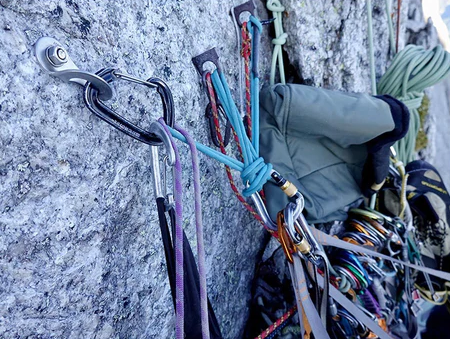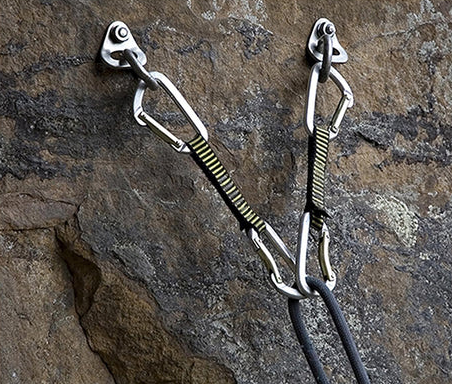
In rock climbing and mountaineering, a bolt is a permanent anchor fixed into a hole drilled in the rock as a form of protection. Most bolts are either self-anchoring expansion bolts or fixed in place with liquid resin.

Climbers first started using bolt anchors long ago when aid climbing was popular. Some crags still sport the rusty relics leftover from this bygone age. In the 1980s, free climbing standards increased dramatically, and so did the bolting practice.

Since the first bolt has been planted on the face of a mountain, a rampant debate has been flaming mountaineer communities worldwide: is it acceptable? Is it not? Is bolting murdering the impossible? Does it still count as fair climbing? Could sport climbing be considered an adventure?

We do not have any answers to those questions, but in our honest opinion, we consider bolting:
- Unsustainable - it causes significant irreversible damage to the rock, speeding up the destruction of crags through higher volumes in traffic and greater intensity of use;
- Unnecessary most of the time - the majority of bolts are on relatively easy climbs;
- Unappealing aesthetically - a scattering of shiny human-made items with or without a pasting of glue around it on some of our most dramatic natural features is not exactly pretty.

Before arguing with someone on the "no gear" philosophy and the "no bolts" movement, please remember that:
- if a route seems too hard, you just need to train more;
- if a route looks too scary, you just need to train more;
- if you think this is elitist thinking, you just need to train more.
By fair means. Peace.
